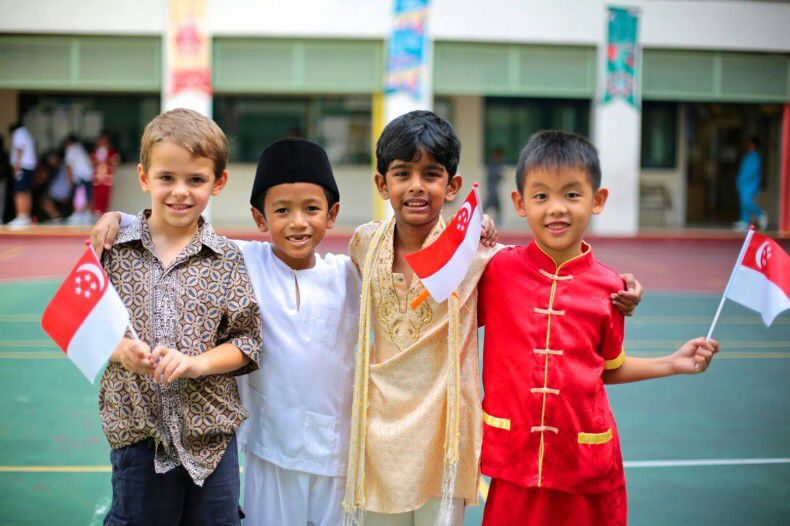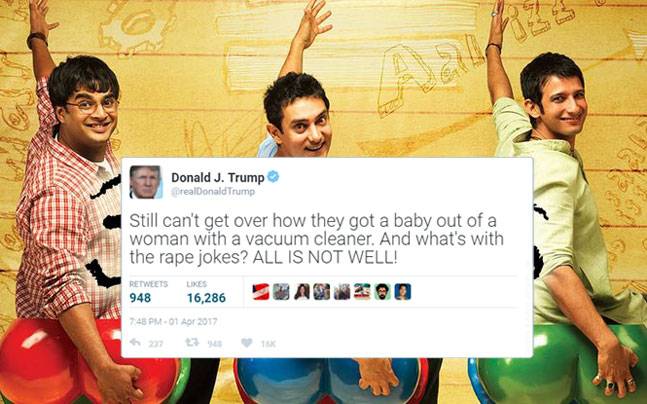Photo Credit: Wattpad, Your Singapore Dictionary
Hello, it’s me again — updating you on the latest developments in Singapore’s social science and humanities research landscape! In my class presentation, I mentioned that the Singapore government will be spending SGD$350 million (USD250 million) to strengthen social science research in the next five years. To achieve this, Singapore’s Social Science Research Council (SSRC) will be initiating and running a series of programmes from now till 2020. One of these programmes includes selecting and funding new social science-related projects proposed by professors and research fellows in Singapore. The SSRC is specifically interested in research projects that will enable the public to understand ‘[n]ew and complex challenges [that] confront Singapore as it progresses and matures as a nation’, says Mr. Peter Ho (Chairman of the SSRC).
The SSRC has *just* published a list of research projects that is approved in their first call for submissions. The SSRC has set aside SGD$21 million (USD15 million) as research grants for these projects:
- Christianity in Southeast Asia: Comparative Growth, Politics and Networks in Urban Centres by Dr Terence Chong, Iseas-Yusof Ishak Institute
- Develop a Contemporary Theory of Harmony by Professor Li Chenyang, NTU
- Fostering Harmonious Intergroup Relations in Early Childhood by Assistant Professor Setoh Pei Pei, NTU
- Identifying Positive Adaptive Pathways in Low-income families in Singapore by Associate Professor Esther Goh, NUS
- Influence of Social Motivations on Cultural Learning, Adjustment, and Integration by Associate Professor Krishna Savani, NTU
- Making Identity Count in Asia: Identity Relations in Singapore and its Neighbourhood by Professor Ted Hopf, NUS
- Population ageing, old age labour and financial decisions in Singapore by Associate Professor Liu Haoming, NUS
- Salutogenic Healthy Aging Programme Embracement (Shape) for elderly living alone by Assistant Professor Wang Wenru, NUS
- Singapore’s Islamic Studies Graduates: Their Role and Impact in a Plural Society by Dr Norshahril Saat, Iseas-Yusof Ishak Institute
- Building Human Capacity in Singapore’s Population: Testing Innovations in Human Development by Professor Jean Yeung, NUS
- Service Productivity and Innovation Research Programme (Spire) by Professor Ivan Png, NUS
- Sustainable governance of transboundary environmental commons in Southeast Asia by Professor David Taylor, NUS
More information on the SSRC’s recent approval of these projects can be found here: http://www.straitstimes.com/singapore/21-million-in-grants-awarded-for-12-research-projects-on-singapore-society-identity?xtor=CS3-18
Feel free to share your take on the projects that have been selected, and the outcomes you will like to see from these projects!




